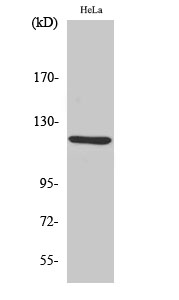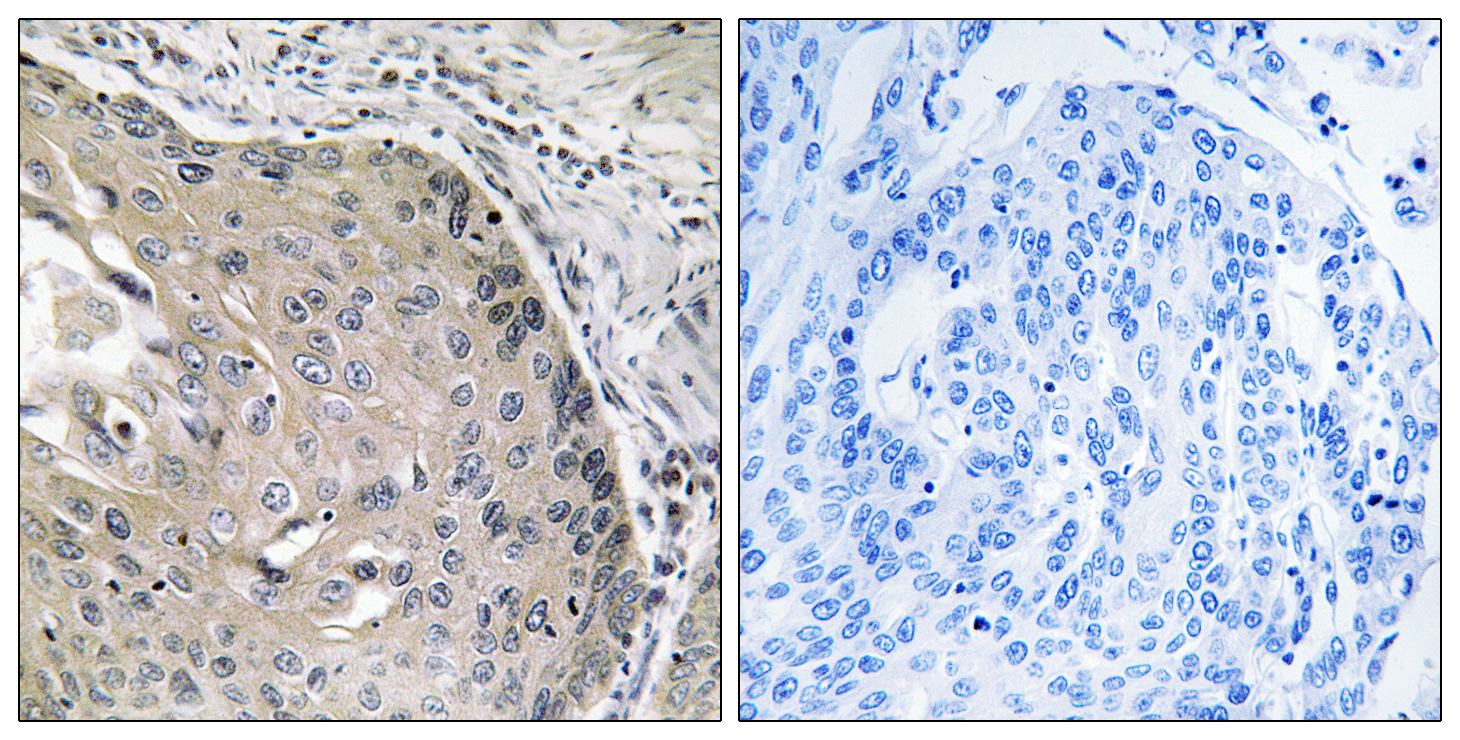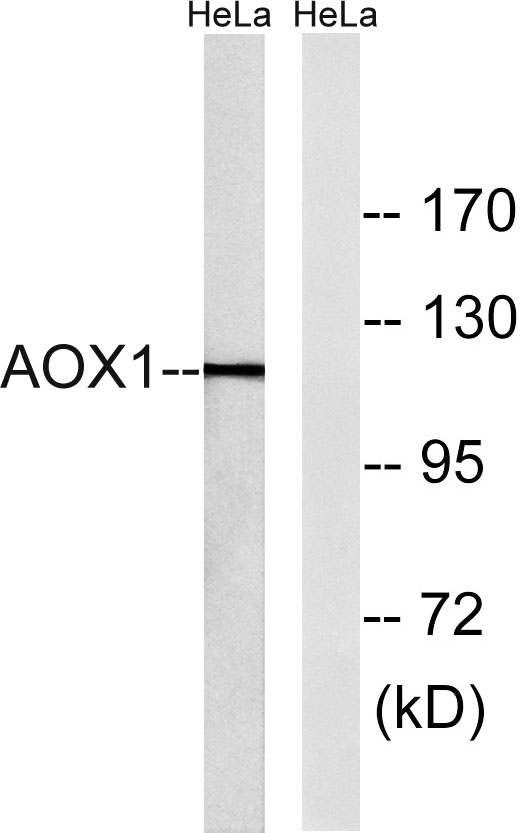AOX1 Polyclonal Antibody
- Catalog No.:YT0243
- Applications:WB;IHC;IF;ELISA
- Reactivity:Human;Rat
- Target:
- AOX1
- Fields:
- >>Valine, leucine and isoleucine degradation;>>Tyrosine metabolism;>>Tryptophan metabolism;>>Vitamin B6 metabolism;>>Nicotinate and nicotinamide metabolism;>>Retinol metabolism;>>Drug metabolism - cytochrome P450;>>Metabolic pathways;>>JAK-STAT signaling pathway
- Gene Name:
- AOX1
- Protein Name:
- Aldehyde oxidase
- Human Gene Id:
- 316
- Human Swiss Prot No:
- Q06278
- Mouse Swiss Prot No:
- O54754
- Rat Gene Id:
- 54349
- Rat Swiss Prot No:
- Q9Z0U5
- Immunogen:
- The antiserum was produced against synthesized peptide derived from human AOX1. AA range:521-570
- Specificity:
- AOX1 Polyclonal Antibody detects endogenous levels of AOX1 protein.
- Formulation:
- Liquid in PBS containing 50% glycerol, 0.5% BSA and 0.02% sodium azide.
- Source:
- Polyclonal, Rabbit,IgG
- Dilution:
- WB 1:500 - 1:2000. IHC 1:100 - 1:300. ELISA: 1:40000.. IF 1:50-200
- Purification:
- The antibody was affinity-purified from rabbit antiserum by affinity-chromatography using epitope-specific immunogen.
- Concentration:
- 1 mg/ml
- Storage Stability:
- -15°C to -25°C/1 year(Do not lower than -25°C)
- Other Name:
- AOX1;AO;Aldehyde oxidase
- Observed Band(KD):
- 120kD
- Background:
- Aldehyde oxidase produces hydrogen peroxide and, under certain conditions, can catalyze the formation of superoxide. Aldehyde oxidase is a candidate gene for amyotrophic lateral sclerosis. [provided by RefSeq, Jul 2008],
- Function:
- catalytic activity:An aldehyde + H(2)O + O(2) = a carboxylic acid + H(2)O(2).,caution:Was originally (PubMed:8248161) thought to be a xanthine dehydrogenase.,cofactor:Binds 2 2Fe-2S clusters.,cofactor:FAD.,cofactor:Molybdopterin.,similarity:Belongs to the xanthine dehydrogenase family.,similarity:Contains 1 2Fe-2S ferredoxin-type domain.,similarity:Contains 1 FAD-binding PCMH-type domain.,subunit:Homodimer.,tissue specificity:Abundant in liver, lower levels in lung, skeletal muscle, pancreas. Undetected in heart, brain and kidney.,
- Subcellular Location:
- Cytoplasm .
- Expression:
- Abundant in liver, expressed in adipose tissue and at lower levels in lung, skeletal muscle, pancreas. In contrast to mice, no significant gender difference in AOX1 expression level (at protein level).
- June 19-2018
- WESTERN IMMUNOBLOTTING PROTOCOL
- June 19-2018
- IMMUNOHISTOCHEMISTRY-PARAFFIN PROTOCOL
- June 19-2018
- IMMUNOFLUORESCENCE PROTOCOL
- September 08-2020
- FLOW-CYTOMEYRT-PROTOCOL
- May 20-2022
- Cell-Based ELISA│解您多样本WB检测之困扰
- July 13-2018
- CELL-BASED-ELISA-PROTOCOL-FOR-ACETYL-PROTEIN
- July 13-2018
- CELL-BASED-ELISA-PROTOCOL-FOR-PHOSPHO-PROTEIN
- July 13-2018
- Antibody-FAQs
- Products Images

- Western Blot analysis of various cells using AOX1 Polyclonal Antibody diluted at 1:2000

- Immunohistochemistry analysis of paraffin-embedded human lung carcinoma tissue, using AOX1 Antibody. The picture on the right is blocked with the synthesized peptide.

- Western blot analysis of lysates from HeLa cells, using AOX1 Antibody. The lane on the right is blocked with the synthesized peptide.



